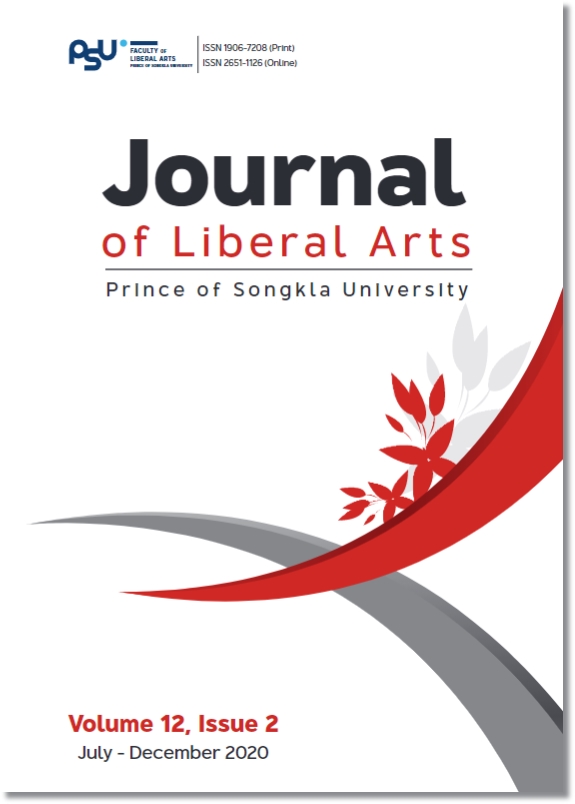A Community History: Oral History of Wat Samrong
Keywords:
community history, oral history, Wat SamrongAbstract
The purposes of this research were 1) tocollect the oral historical of Wat Samrong2) to study the artifacts of Wat Samrongand 3) to survey the landmark of Wat Samrongby using oral historical method, research literature, fieldwork information, observation data and interview.
The research results indicated that:
1. Wat Samrongin Naluangsen Sub-District, Thungsong District, Nakhon Si Thammarat Provincecreated when that unidentified clearly but there was a link to engage in created reclining Buddha. According to the building can be measured 3 periods to consist of 1) Wat Samronghas built after Wat Phra Mahathat Woramahavihan Nakhon Si Thammaratshortly, it would last about 800 – 1,000 years. 2) Wat Samronghas builtin King PhraRama 1 of the Chakri Dynasty, it would last about 250 years and 3) Wat Samronghas built after Wat Phra Mahathat Woramahavihan, later might be to abandon a condition deteriorated and the new restoration in King PhraRama 1 of the Chakri Dynasty.
2. Theartifacts of Wat Samrongto consist of sculpture of reclining Buddha; sculpture of Phra Bunya; sculpture of Poochaosmingprai; sculpture of Buddha image; ancient wares; sculpture of Buddha and sculpture of Giant.
3. The landmark of Wat Samrongto consist of elephant cave; tiger cave; ghost cave; Laungpoe Keaw pavilion; pool; monk’s dwelling and arched entrance.
References
Colaizzi, F. P. (1978). Psychological research as the phenomenologist views it. In Ronald S. Valle; & Mark King (Eds.), Existential-phenomenological alternatives for psychology. Oxford University Press.
Fine Arts Department. (1995). Integrating conservation in parallel with the goal of development. Samaphan Press. [in Thai]
Hiranthanawiwat, S. (2015). A historical and architectural study of Buddhist temples on the east coast of Thailand, from the Ayutthaya to the Reign of King Rama V in the Rattanakosin Period (Research report). Chulalongkorn University. [in Thai]
Kroeber, L. A. (1963) Anthropology: Culture patterns & processes. Harcourt, Brace & World.
Lincoln, Y. S., & Guba, E. G. (1985). Naturalistic inquiry. Sage Publications.
Nartsupa, C. (1997). The Thai village economy in the past. Sangsal. [in Thai]
Praditsil, C. (2010). Social research practice. Burapha University. [in Thai]
Thungsong Municipality. (2016). History of Thungsong. Time Printing Press. [in Thai]
Downloads
Published
How to Cite
Issue
Section
License
The authors retain the copyright to their article but the Journal of Liberal Arts, Prince of Songkla University reserves the exclusive rights to first publication.






